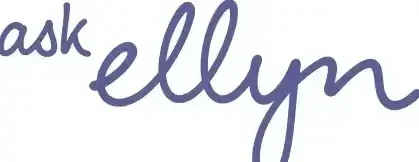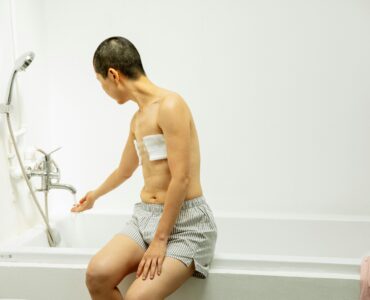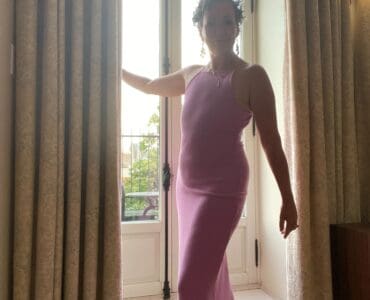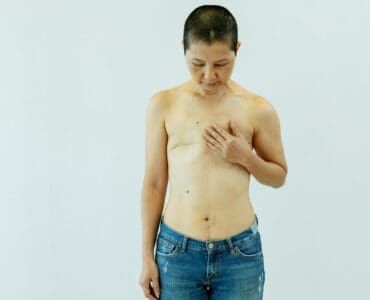When I found out I would be having a mastectomy and made the decision to have an aesthetic flat closure (AFC), I surveyed my wardrobe with trepidation. How much would I still be able to wear post-surgery? What did flat fashion look like? I took to Google to investigate. Have to admit, I found the advice from the healthcare industry disheartening. It centered around disguising my new boobless chest by looping scarves around my neck, wearing patterns to distract the eye, avoiding spaghetti straps and plunging necklines. Don’t even get me started on the underwhelming “mastectomy-friendly” undergarments lingerie or grotesque bathing suits, better suited to my granny (and she’s dead).
I called my favorite lingerie shop. It’s run by a young, local entrepreneur I love to support. But when I explained that I was having a mastectomy, she politely told me she was not certified to help and directed me to a specialized boutique.
It got me thinking and made me angry about the perceptions society and the fashion world clearly hold of women post-mastectomy. There is a clear assumption that we all want to be restored to this notion of “‘whole” whether through reconstruction or prosthetics. I don’t by into that, nor do many of the flatties I have come to meet. I feel perfectly whole thank you very much. Most women who opt for aesthetic flat closure are perfectly fine with turning in our B’s C’s D’s and E’s for no cup whatsoever.
Breast cancer has a cruel way of stripping a woman of the very trappings of femininity. It can take our breasts, our hair, our brows and our lashes. We are bare and we are raw. To be made to feel invisible or unbeautiful is simply the cruelest cut of all.
I began reaching out to inclusive women’s fashion brands that I enjoy, including Andies Swimwear, Everlane, and Knix to see what they suggested. To my dismay, the recommendations that came back to me were more of the same. They were aimed at concealment rather than celebrating a survivor’s body and bravely earned scars.
I started writing to the companies’ leadership teams, asking some pointed questions. If they are so inclusive, why don’t they design clothing that can be worn by someone who is flat or single-breasted? Why are women from the breast cancer community not depicted in their marketing? Don’t they want to attract more potential customers? To my delight, I get a response from Andies, a swimwear brand I like and have bought. It led to a conversation with the company’s creative director and in turn, the brand decided to launch an educational campaign during Breast Cancer Awareness Month.
Sadly, from the other brands, nothing. Anyone out there want to play?
Since going flat, I have become more experimental with my clothing choices. Liberated from the need for a bra (although I do wear bralettes from time to time), I wear plunging necklines, halter necks and backless dresses. I used to be somewhat self-conscious about my cleavage. I actually feel bolder and less shy now—even in a tight tee-shirt or camisole.
I’m not alone. Over the last two years I’ve gotten to know a few other amazing women (also proud and unashamed #flatties) who are leading the charge and the conversation about flat fashion. There is the incredible Tina Martel, aka Not in the Pink on Instagrm. She’s a fellow Canadian, a fellow lover of thrifted fashion and in my mind, a true fashion icon. For my American friends, there’s Erica Deligne aka Delightfully_Deligne, a brand consultant who puts together the most extraordinary fashion combos. Love everything about her style. Then there’s Christine Handy, who became Victoria Secret’s first flat model!! (yes you read that right) and regularly walks the runway. And finally, the sweet Anna Hopkins, aka Closet Lady who introduced me to the online consignment store ThredUp. My bank account may never recover from that one.
None of us are ashamed of our bodies. Nor should we be. Heck, quite the contrary. We’re man-made supermodels. And dammit, we are going to OWN it.




